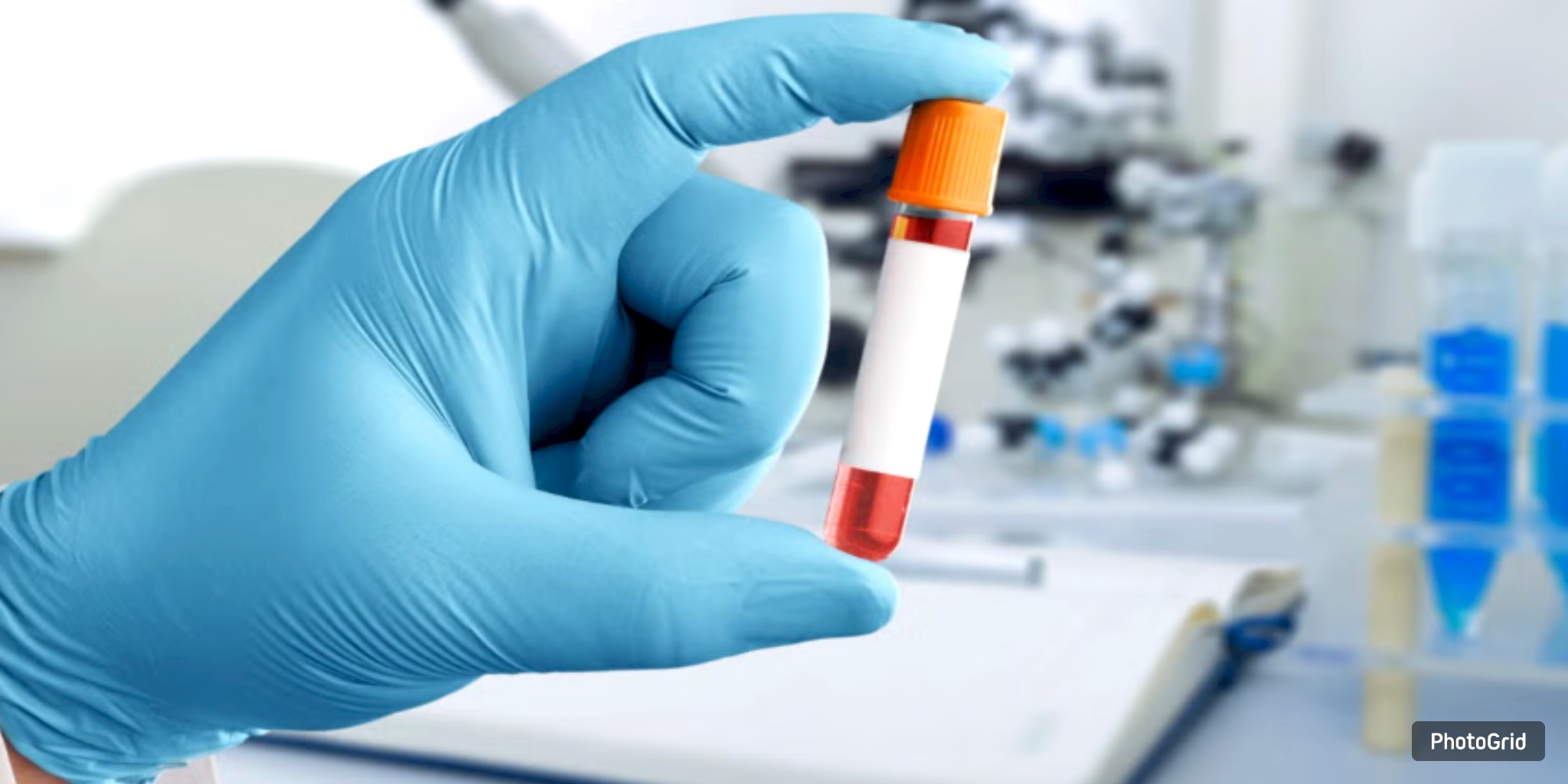NOAA scientists in Galveston are working to restore deep-sea coral damaged by the 2010 Deepwater Horizon oil spill. Through groundbreaking research on coral reproduction, the team aims to revive affected habitats and develop new techniques for long-term restoration in the Gulf of Mexico.

Shannon Ainsworth meticulously collects floating brown coral embryos from a tank in a laboratory located near the Galveston coast, one at a time. Ainsworth is a coral aquarist at the Southeast Fisheries Science Center of the National Oceanic and Atmospheric Administration (NOAA), where she is a member of a team that is committed to the investigation and restoration of deep-sea coral species that have been impacted by the 2010 Deepwater Horizon oil disaster.
The project, funded by a $126 million settlement from BP, is a component of a broader restoration initiative designed to address the environmental damage resulting from the disaster. The disaster released 134 million gallons of oil into the Gulf of Mexico, which descended to the ocean floor, contaminating 770 square miles, including critical coral habitats.
Ainsworth and her team conduct research on coral reproduction with the objective of effectively propagating new coral species. "This has never been attempted for these species," stated Sasha Francis, the initiative's outreach manager. We continue to acquire knowledge regarding their life cycle and the factors that facilitate their growth."
In contrast to its shallow-water counterpart, deep-sea coral does not depend on sunlight for sustenance. Rather, it feeds by employing tentacles, which further complicates its restoration. The lab team has already accomplished significant milestones, such as the first-ever documentation of a deep-sea coral species reproducing in captivity.
The initiative, which is scheduled to continue until 2028, is a critical element of NOAA's long-term endeavors to enhance our comprehension of deep-sea coral and restore Gulf ecosystems.

Aspira Women’s Health Inc. has entered into a new laboratory services agreement with the University of Texas Medical Branch at Galveston as part of its strategy to expand access to its ovarian cancer diagnostic tests across Texas.